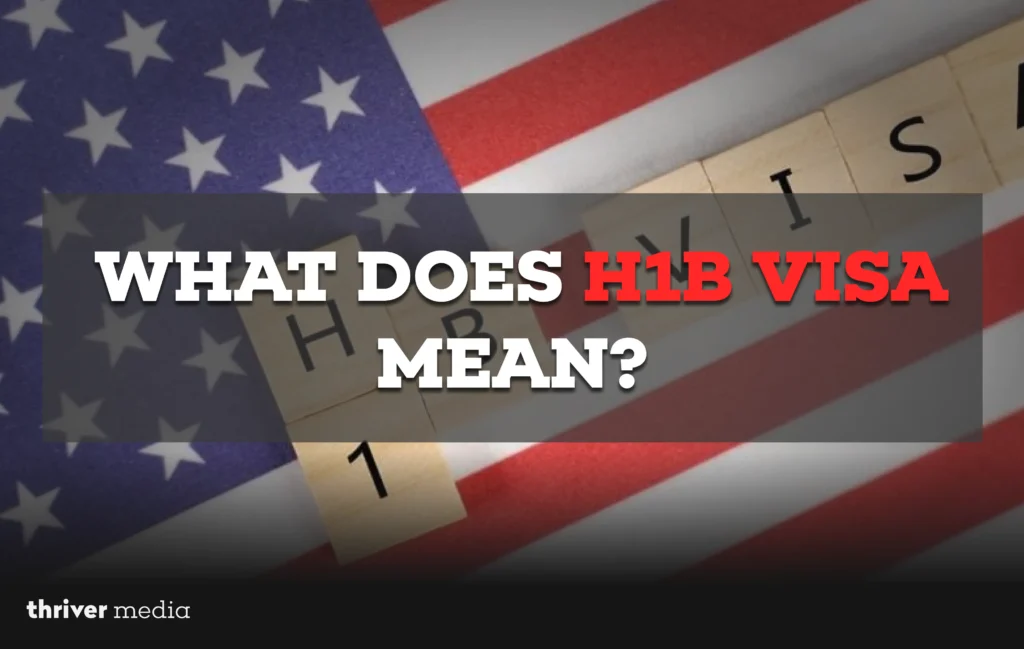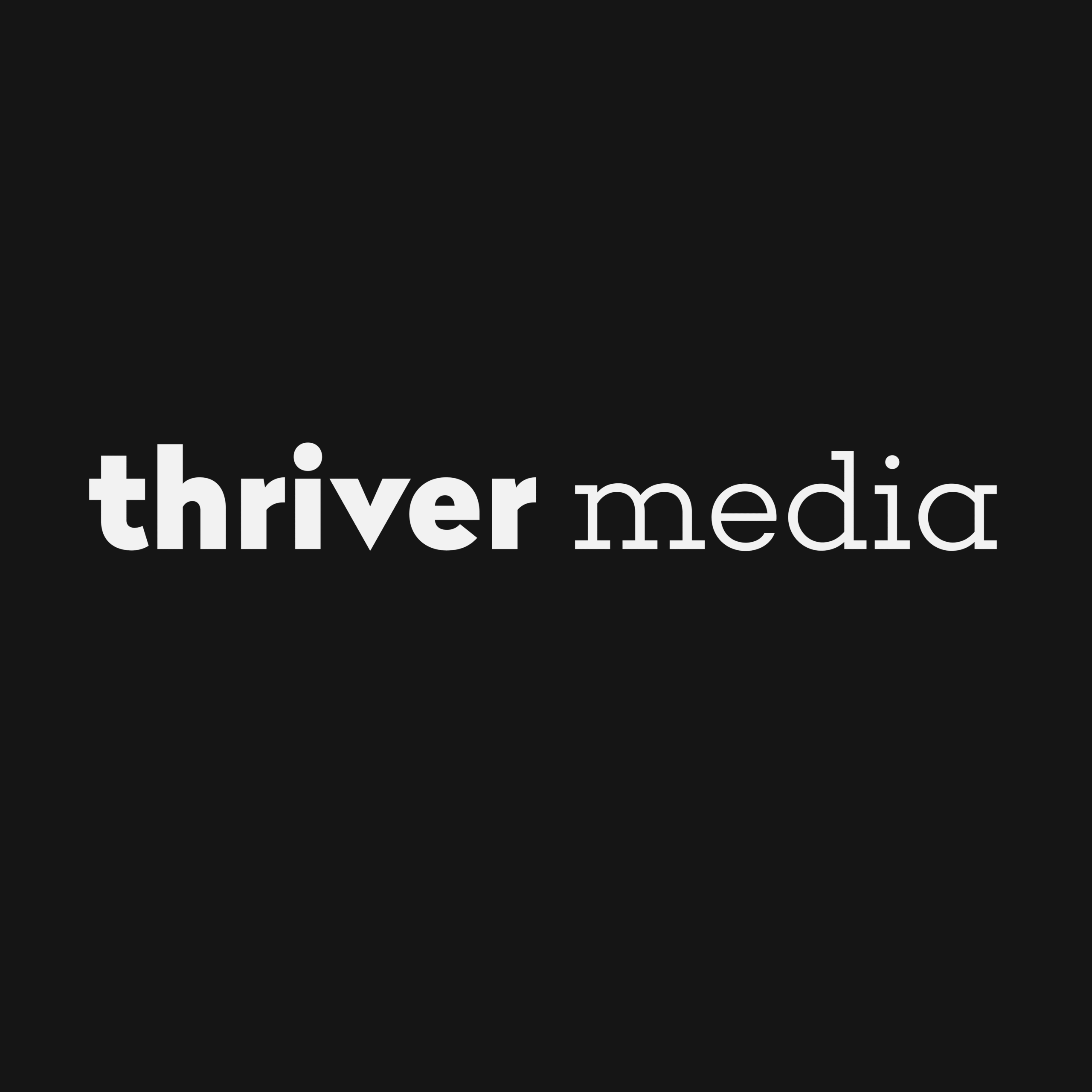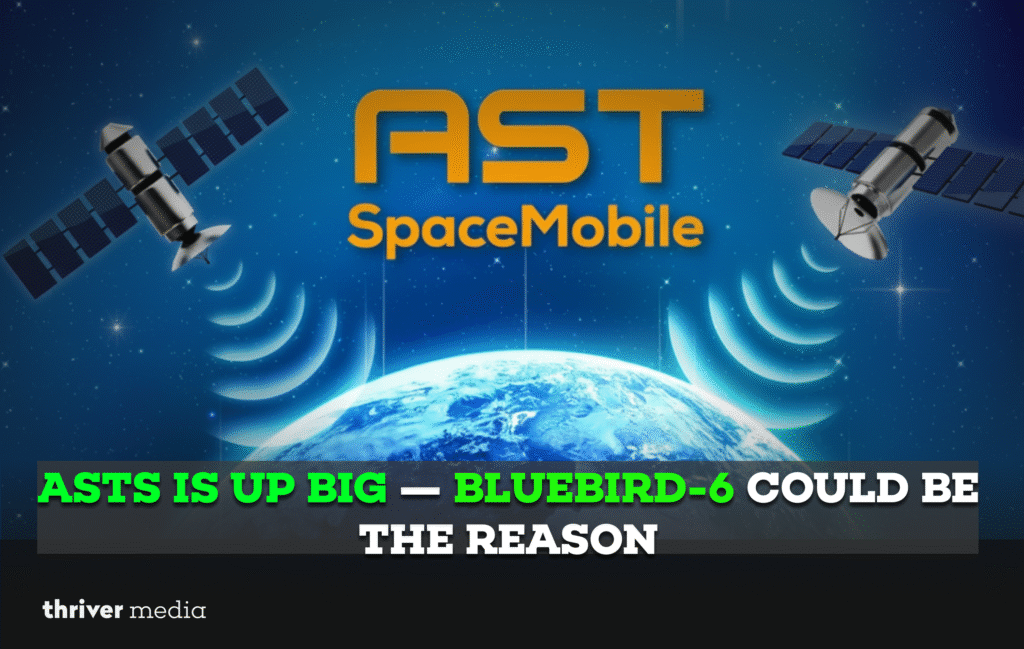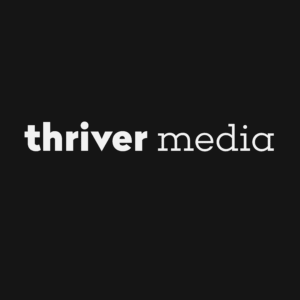Imagine accessing the world’s top talent pool to drive your company’s innovation. Or picture yourself launching a career at the heart of Silicon Valley or Wall Street. The bridge connecting these ambitions is often a single, powerful document: the H1B visa.
But what exactly is an H1B visa? Beyond the headlines about “lotteries” and “sponsorship,” it’s a critical tool in the global business landscape. Whether you’re an HR professional looking to hire or a skilled professional dreaming of working in the U.S., understanding the H1B is your first step toward success.
This guide from ThriverMedia will demystify the H1B visa, breaking down its meaning, process, and strategic implications in clear, actionable terms.

What Is an H1B Visa? The Simple Definition
At its core, the H1B visa is a non-immigrant visa that allows U.S. companies to employ foreign professionals in specialty occupations.
Let’s break down the key phrase: “specialty occupation.” This is the cornerstone of the H1B. According to U.S. Citizenship and Immigration Services (USCIS), a specialty occupation requires highly specialized knowledge and at least a bachelor’s degree or its equivalent in a specific field.
Common examples of H1B occupations include:
Software Developers, Engineers, and Programmers
- Data Scientists & Analysts
- Financial Analysts and Accountants
- Architects, Engineers, and Designers
- Professors, Researchers, and Scientists
- Marketing and Management Consultants
The Two Key Players: Employer and Employee Responsibilities
The H1B process is a partnership, with distinct roles for each party.
For the Employer (The Sponsor)
The company takes on the primary responsibility. This isn’t just about filing paperwork; it’s a legal commitment.
- Sponsorship: The U.S. employer must petition for the employee. They cannot simply hire someone who already has an H1B; they must file a new petition on their behalf.
- Costs: Employers bear the significant costs associated with the filing fees and legal expenses.
- Legal Compliance: They must comply with the Department of Labor’s (DOL) Labor Condition Application (LCA) requirements. This ensures they pay the H1B worker the higher of the prevailing wage (standard wage for that role in that location) or the actual wage (what they pay similar U.S. workers).
“Non-Displacement” Clause: They attest that hiring the H1B worker will not adversely affect the working conditions of U.S. workers.
For the Employee (The Beneficiary)
The skilled professional must qualify for the “specialty occupation” criteria.
- Educational Requirements: Possess a U.S. bachelor’s degree or higher, or its foreign equivalent. In some cases, a combination of education, training, and progressive experience can substitute for a degree.
- Job Offer: They must have a valid job offer from a U.S. employer for a role that qualifies as a specialty occupation.
- Licensure: If the job requires a specific state license (e.g., for lawyers, architects, doctors), the employee must have that license before the H1B petition can be approved.
The H1B Visa Process: Navigating the Infamous Lottery
Here’s where strategy becomes critical. The H1B process is famously competitive due to an annual cap.
The Cap: Each fiscal year, the U.S. government makes 85,000 new H1B visas available, 65,000 under the regular cap. An additional 20,000 for individuals with a U.S. master’s degree or higher (often called the “Master’s Cap”).
The Registration Lottery (Electronic Registration): Typically in March, employers must electronically register each potential H1B employee. If the number of registrations exceeds the cap (which it always does), USCIS runs a random lottery to select which registrations can proceed to the full petition stage.
Filing the Petition: If selected in the lottery, the employer has a limited window (usually from April 1 to June 30) to file a comprehensive Form I-129 petition with extensive supporting evidence to USCIS.
Approval and Visa Stamp: If the petition is approved, the employee outside the U.S. can then apply for the H1B visa stamp at a U.S. embassy or consulate in their home country. Employees already in the U.S. in another status may be able to change their status directly.
Key Considerations and Common Challenges
- Timing is Everything: The entire process, from job offer to start date, can take over six months. Planning is essential for both employers and employees.
- High Scrutiny: USCIS rigorously reviews petitions to ensure the role is a legitimate specialty occupation and the employee is qualified. “Request for Evidence” (RFE) is common.
- Dependent Status (H4 Visa): The spouse and unmarried children under 21 of the H1B holder can accompany them on an H4 visa.
Beyond the H1B: Exploring Alternatives
The H1B lottery is high-stakes. Smart businesses and professionals always have a Plan B. Common alternatives include:
O-1 Visa: For individuals with extraordinary ability in sciences, arts, education, business, or athletics.
L-1 Visa: For intracompany transferees who have worked for a foreign affiliate of the U.S. company for at least one year.
TN Visa: For Canadian and Mexican citizens in certain professional occupations under the USMCA (formerly NAFTA).
E-3 Visa: A special visa for Australian citizens.
Conclusion
The H1B visa is more than just a work permit; it’s a strategic gateway for U.S. companies to compete globally and for top-tier talent to contribute to the American economy. While the path is complex and competitive, success lies in thorough preparation, understanding the rules, and exploring all available options.
Is your company ready to navigate the complexities of global hiring? At ThriverMedia, we provide insights and strategies to build a resilient, world-class workforce. Explore our resources on immigration compliance and talent acquisition to stay ahead of the curve.
Disclaimer: This article is for informational purposes only and does not constitute legal advice. Immigration laws and policies change frequently. Please consult with a qualified immigration attorney for advice on your specific situation.















